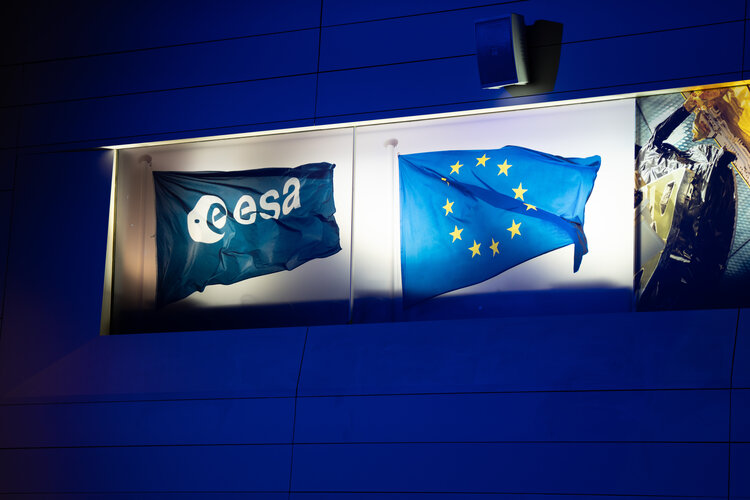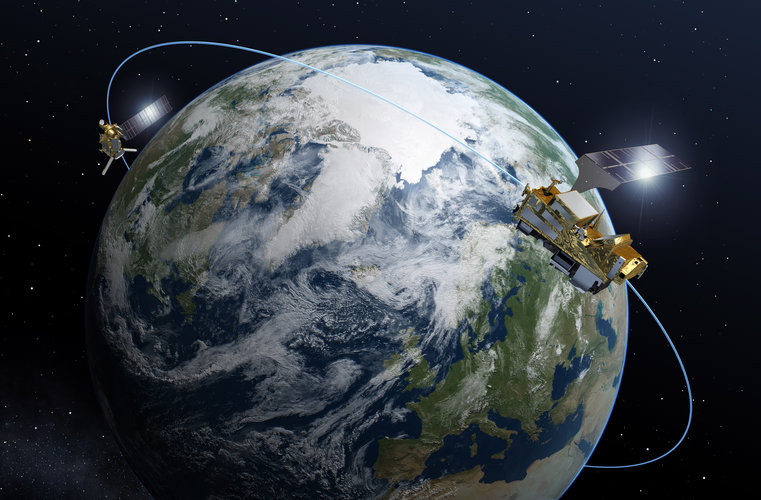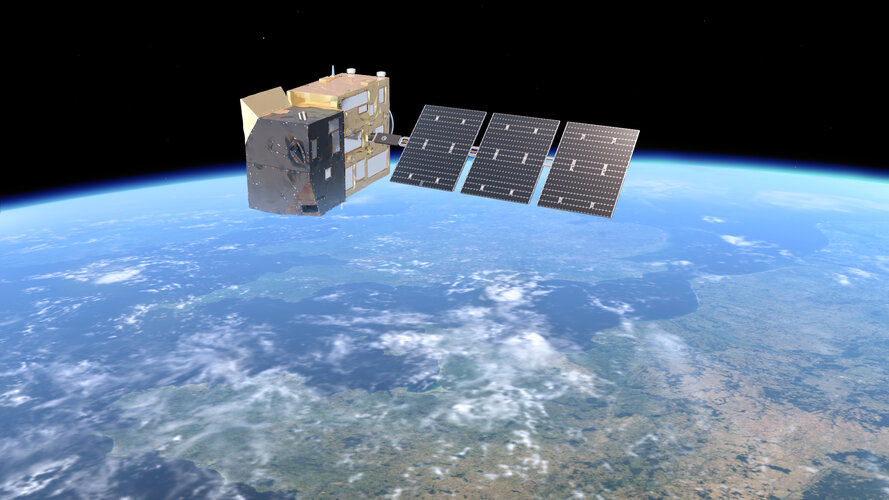
Copernical Team
Explaining persistent hydrogen in Mars atmosphere
 The arid and cold landscape of modern Mars contrasts sharply with its past, when flowing rivers and lakes carved its surface billions of years ago. Researchers from Harvard have now proposed a compelling explanation for this ancient warmth and moisture, offering new insights into the planet's climate history.
Scientists at the Harvard John A. Paulson School of Engineering and Applied Scien
The arid and cold landscape of modern Mars contrasts sharply with its past, when flowing rivers and lakes carved its surface billions of years ago. Researchers from Harvard have now proposed a compelling explanation for this ancient warmth and moisture, offering new insights into the planet's climate history.
Scientists at the Harvard John A. Paulson School of Engineering and Applied Scien EdgeCortix SAKURA-I AI Accelerator Validated for Radiation Resilience in Space Missions
 EdgeCortix Inc., a prominent fabless semiconductor company specializing in energy-efficient artificial intelligence (AI) processing at the edge, has announced that its SAKURA-I AI Accelerator has been proven suitable for space missions, including Earth orbit and lunar operations, due to its strong radiation resilience.
The AI accelerator underwent rigorous testing by NASA's Electronic Part
EdgeCortix Inc., a prominent fabless semiconductor company specializing in energy-efficient artificial intelligence (AI) processing at the edge, has announced that its SAKURA-I AI Accelerator has been proven suitable for space missions, including Earth orbit and lunar operations, due to its strong radiation resilience.
The AI accelerator underwent rigorous testing by NASA's Electronic Part Approaching the Red Planet from the Kitchen
 Rootless cones, small volcanic landforms typically ranging from several meters to a few hundred meters in diameter, form through explosive interactions between surface lava and water bodies such as lakes and rivers. Unlike conventional volcanoes that arise from deep magma sources, rootless cones emerge when lava covers a water-containing layer, triggering bursts of steam and gas.
These fea
Rootless cones, small volcanic landforms typically ranging from several meters to a few hundred meters in diameter, form through explosive interactions between surface lava and water bodies such as lakes and rivers. Unlike conventional volcanoes that arise from deep magma sources, rootless cones emerge when lava covers a water-containing layer, triggering bursts of steam and gas.
These fea A super-Earth laboratory for finding life beyond our solar system
 Three decades after the first exoplanet was discovered, astronomers have identified over 7,000 exoplanets in our galaxy. Yet, countless more await discovery. Researchers are now delving into the characteristics of these planets to uncover the possibility of extraterrestrial life. This pursuit has led to the discovery of super-Earth HD 20794 d, thanks to a collaboration involving the University o
Three decades after the first exoplanet was discovered, astronomers have identified over 7,000 exoplanets in our galaxy. Yet, countless more await discovery. Researchers are now delving into the characteristics of these planets to uncover the possibility of extraterrestrial life. This pursuit has led to the discovery of super-Earth HD 20794 d, thanks to a collaboration involving the University o ESA at the 17th European Space Conference - Day 2

The second day of the European Space Conference saw European Space Agency astronaut Luca Parmitano join ESA Directors and the Director General on a range of panels and interactions with media.
ESA actively monitoring near-Earth asteroid 2024 YR4

The European Space Agency (ESA) Planetary Defence Office is closely monitoring the recently discovered asteroid 2024 YR4, which has a very small chance of impacting Earth in 2032.
This page was last updated on 29 January 2025.
First MetOp Second Generation satellite to launch in August

ESA, Eumetsat, the European Commission and Arianespace have announced an agreement to advance the launch of the first MetOp Second Generation weather satellite, which also carries the Copernicus Sentinel-5 mission, to August 2025 aboard an Ariane 6 rocket.
Ariane 6 to take Sentinel-1D into orbit

Entrusted by the European Commission, ESA has signed a contract with Arianespace to secure an Ariane 6 rocket for the launch of the Sentinel-1D satellite, the fourth unit of the Copernicus Sentinel-1 mission, scheduled for the second half of this year.
Europe’s carbon dioxide monitoring mission elevated to the power of three

Building on the initial contract to develop two satellites for the Copernicus Anthropogenic Carbon Dioxide Monitoring mission, the European Commission and ESA have now entrusted OHB System AG with the development of a third satellite.
This addition will accelerate global coverage, enabling faster and more comprehensive measurements of carbon dioxide and methane emissions from human activities to enhance the evaluation of climate mitigation efforts.
19 New Space signatures for Copernicus Contributing Missions

Nineteen satellite data companies have signed agreements to provide new or enhanced services to the Copernicus programme in their roles as Copernicus Contributing Missions.
